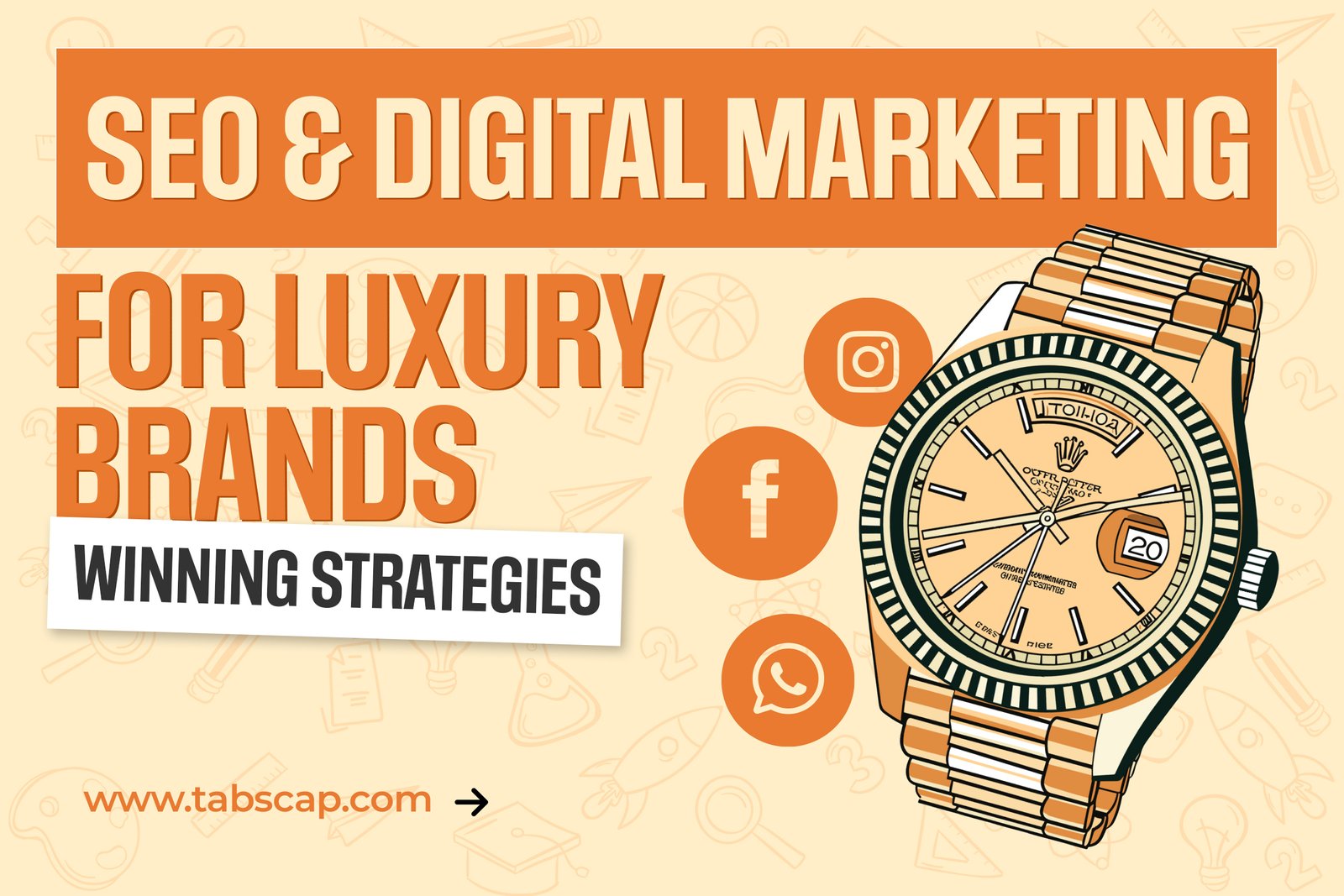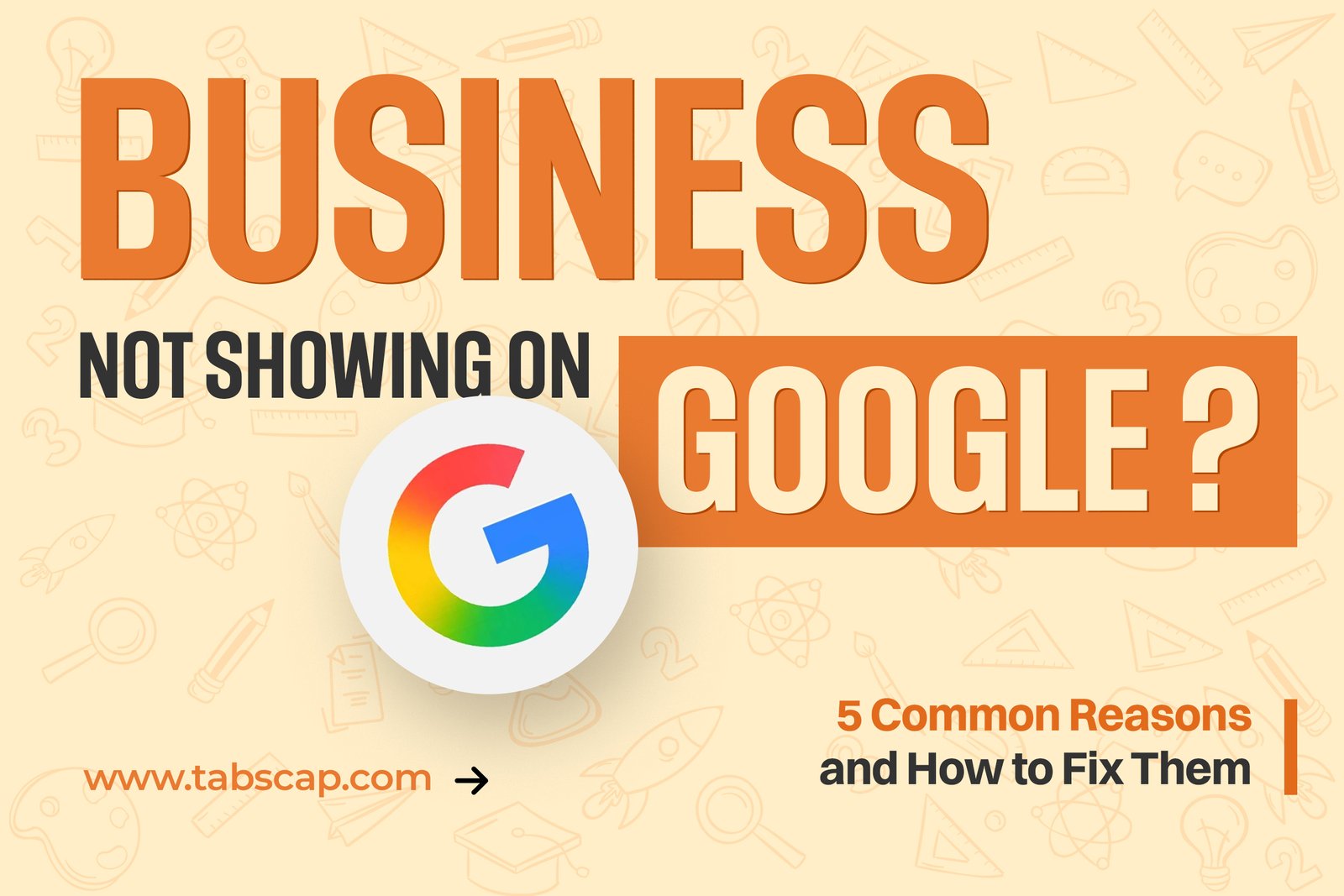

This report provides a complete exploration of how telehealth influences digital marketing strategies for healthcare providers in 2025.
Focusing on
- Virtual Care
- Engaging Patients
- Building Trust
The analysis is based on current trends, addressing audience needs and industry insights. It ensures a strategic content creation approach.
Introduction to Telehealth and Its Importance in 2025
Imagine getting medical help without leaving your home— that’s called Telehealth. It uses phones, computers, and apps to connect you with doctors and other healthcare services. Things like getting a consultation with the doctor on the phone and checking your health with apps come under telehealth.
Telehealth is a normal part of healthcare. It’s really helpful for people who live far from hospitals or don’t have easy access to doctors. It also helps save money and makes getting care easier for everyone.
A big part of telehealth is mHealth. mHealth is all about using mobile apps for health. This market is growing fast and is expected to be worth more than $20 billion by 2032.
This shows how much people are using and relying on health apps. People are really interested in Telehealth. Articles and social media posts talk a lot about the latest digital health trends. Even though marketing telehealth is a smaller part of healthcare marketing, it’s still very important.

This is because getting the word out about these services helps more people get the care they need, no matter where they live.
Benefits: Telehealth makes healthcare easier to reach. It saves travel time and helps manage long-term illnesses. Most people, about 80%, have tried seeing a doctor through a screen at least once.
Challenge: Getting past rules, tech problems, and people not wanting to change needs smart marketing. To succeed, companies must carefully plan how to explain their product benefits and address concerns.
This approach helps break down obstacles and encourages wider acceptance.
Why Digital Marketing for Telehealth?
More patients are now searching for healthcare services online. At least 75% of people over 55 look for virtual healthcare online. Digital marketing helps people connect with telehealth providers online using various platforms such as Facebook, Instagram, Google & more.
With digital marketing strategies, telehealth providers can easily reach the people who genuinely need their services and can benefit from them. For example, older adults or people living in remote areas can be targeted through ads, emails, or informative content.
It's a cost-effective way of attracting more clients and educating people about services. Trust is essential in the healthcare industry. Digital platform offers the opportunity to share patient testimonials, reviews, and expert insights.

Engaging content like blogs, videos, or webinars can answer people’s concerns and encourage them to try telemedicine. Moreover, digital marketing makes it easier to track and measure results.
Providers can see how many people viewed their content, clicked on ads, and booked appointments. These data can be used to adjust strategies for better outcomes.
Digital Marketing Strategies for Telehealth Services
Traditional marketing strategies like print ads, and more often fail to reach tech-savvy people. Digital marketing is a must to raise awareness among more people about virtual healthcare services. A digital marketing agency in Punjab, India, targets all digital channels to create awareness about telehealth services among people of all ages.
SEO (Search Engine Optimisation): With the power of the right SEO strategy, telehealth providers can rank higher in SERP (Search Engine Results Page).
Digital marketing agencies make it easier for people to find telehealth service providers online while searching for medical care online. Optimising for keywords like “online doctor consultation” and virtual health visit ensures visibility.
Local SEO needs to be done right if your target audience is in a specific geographic location.
Social Media: Social media platforms such as LinkedIn, Instagram, Facebook, TikTok, X, and more help telehealth providers to connect, educate, and sell their services to their potential customers online.
Content Marketing: Content marketing is another powerful tool. Blogs, videos & infographics address patients' concerns. It helps people to be aware and understand how telehealth works, its benefits, and why it’s a convenient choice for them.
Video content is more effective, and many telehealth providers have seen a greater increase in their sales after it.
Paid Advertisement: Google Ads and social media ads are very helpful in targeting a high-intent audience online. Paid advertisement offers quick results as compared to other methods.
It has a higher rate of conversions because it ensures your Ad reaches the right audience at the right time.

Let's take a detailed look at each marketing method:
Search Engine Optimisation (SEO) for Telehealth Services
Search Engine Optimisation (SEO) is essential for telehealth providers to appear in search results when patients search for virtual healthcare. By using the right SEO strategies, telehealth providers can attract more patients and improve online visibility.
Keyword Research & Optimisation: Choosing the right keywords helps telehealth websites to rank higher in search engine results. Keywords like “online consultation” and “telehealth reviews” should be used naturally in the website's content, meta title, description, and more.
This makes it easier for search engines. When people look for a service and include a keyword in their search, they are more likely to see your website in their search results.
Deep keyword research is the key to attracting more traffic to your website and potential customers. To better understand it, and for assistance, you can ask our expert.

Local SEO: If a telehealth service provider operates in a specific region and wants to attract people of that particular region, then local SEO plays a big role in it.
Providers should use location-based keywords and ensure that their information, like name, phone number, addresses, and services, is the same and updated on all platforms like Google My Business (GMB).
It ensures your website comes up first when people search on Google Maps with words like near me, along with their service. This significantly boosts local presence.
Content Strategy: Creating content that is useful and informative is more likely to attract customers. Some content like Blog posts, articles, FAQ, and videos answering common questions of people related to how telehealth works and what the benefits of virtual care are.
Technical SEO: Technical SEO ensures that telehealth websites function and load smoothly. No one wants to explore a laggy and slow website.
If your website is slow too, then make it faster like a rocket today.
Important technical SEO includes:
Website Speed: Pages should load fast, as slow websites can frustrate users and lower rankings.
Mobile Optimisation: A mobile-friendly website is a must-have for telehealth providers because more than 90% of potential clients come via mobile search.
Search Engine Indexing: Ensuring that search engines can easily find and understand the website using proper robots.txt files and sitemap.

Social Media Campaigns for Telehealth
Social media is a great way for telehealth providers to connect with patients and increase brand awareness. It helps educate people about telehealth services and build trust.
Here’s how to make the most of social media for telehealth.
Choose the Right Platforms: Not every social media platform works the same way. Focus on platforms that suit your goals.
Facebook: Great for reaching a broad audience. It’s ideal for sharing educational content and promoting services.
Instagram: Perfect for visual content like images and videos that explain telehealth benefits.
YouTube: Best for detailed educational videos or tutorials. Many healthcare audiences prefer video content to learn about medical services.
Create Engaging Content
To keep your audience interested, post different types of content.
Educational Posts: Explain the benefits of telehealth and how it works. Break down complicated medical topics into simple language.
Patient Testimonials: Share real stories from satisfied patients to build credibility and trust.
Live Q&A Sessions: Engage directly with your audience by answering common questions about telehealth services.
How-To-Videos: Show step-by-step guides on using telehealth apps or booking online consultations.
Short Videos: Video content works well, especially since 76% of professionals watch work-related videos weekly.

Interact with Your Audience
In the online healthcare/telehealth industry, making stronger connections and building trust among potential online clients is necessary. Use the following tactics to build your strong online presence and credibility among clients:
Respond to Comments: Answer questions quickly to build trust.
Host Polls & Quizzes: Engage your audience in a fun and interesting way. Share Success Stories: Post stories of patients who benefited from telehealth. It helps normalize its use and inspire others.
Ask for Feedback: Encourage users to share their experiences. This helps improve your service and engage more people.

Use Targeted Ads
Social media platforms allow you to run paid ads to reach specific audiences. Use targeted ads to connect with people interested in healthcare or telehealth. For example:
Focus on users who follow health-related accounts. Target people searching for online healthcare options. Use location-based targeting for local healthcare services.
This makes your campaign more effective and increases the chances of people booking telehealth appointments.

Track Results & Adjust
Social media campaigns provide useful insights into what works and what doesn’t. Track:
- Engagement rates (likes, comments, shares).
- Click-through rates on ads.
- Number of inquiries & appointments booked.
By analysing the result, you can make adjustments to improve your future campaigns.

Addressing Patient Concerns About Virtual Care
Patients often have concerns about using telehealth. These concerns can prevent them from trying telehealth services. Some common worries include:
QUALITY OF CARE: Patients may have concerns that in-person visits are more effective than virtual telehealth. This might create concern among doctors who aren’t able to catch the right symptoms through virtual assessment.
However, telehealth providers can ease the problem by showcasing the expertise of their doctors. Success stories, positive testimonials from satisfied patients can increase confidence among people & encourage them to try the convenience of telehealth services.
PRIVACY & SECURITY: Protecting sensitive health information is a top priority for many patients. Due to increasing cases of data breaches online, people may hesitate to share their personal information online.
Telehealth providers can increase the trust of people in them by clearly communicating with them and telling them about their commitment to data security.
PERSONAL CONNECTION: Many people value the personal touch of an in-person doctor visit. They may worry that virtual care will feel distant or impersonal.
Marketing efforts can counter these problems by demonstrating how consulting via video conferencing can foster the doctor-patient connection.

Conclusion
These strategies provide a complete approach to integrating telehealth into digital marketing. By emphasizing SEO, social media, and content marketing, healthcare providers can effectively promote virtual care. Addressing patient concerns builds trust and encourages telehealth adoption. Including data, case studies, and emerging AI trends adds credibility and value. This ensures the content meets the needs of both marketers and patients. By adopting these strategies, providers can engage more patients and expand their reach in 2025.
Read more informative blogs here.
Connect with the best digital marketing agency in Punjab, India. Grow your business and drive success.



